What is a ballast fork? |
||||
Its uses |
||||
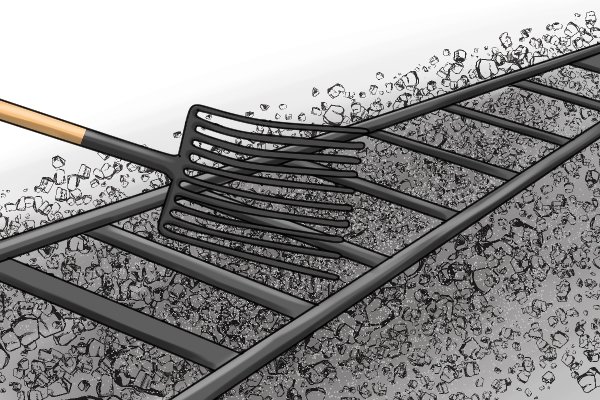 |
Similar in design to the nine prong compost fork but more suited to heavy-duty work, the ballast fork is ideal for:
|
|||
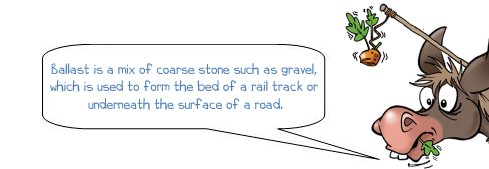 |
||||
The tines |
||||
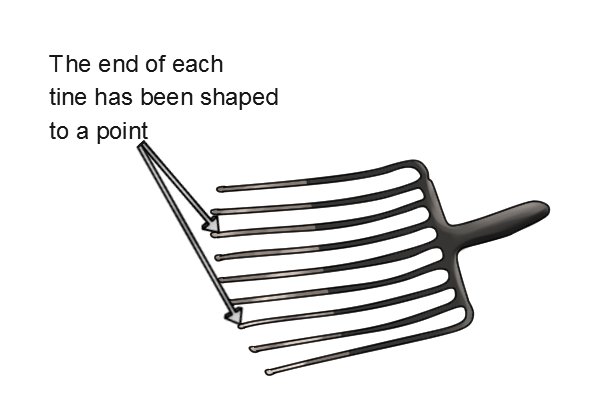 |
There are usually between 8 and 10 solid tines, closely spaced and sturdy, which is ideal for picking up ballast and other heavy stones.
Look for pointed or chiselled tines at the cutting edge for effortless piercing through coarse stone. In addition, a dished head will form a ‘basket’ shape to cup and contain material as it is transported around. |
|||
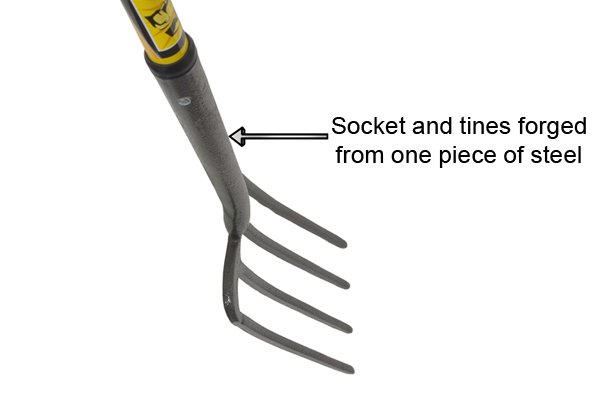 |
The most robust tines are forged from one piece of steel. That is, either a solid socket connection… | |||
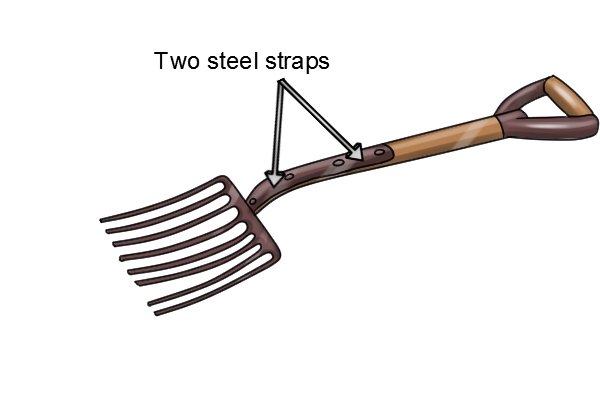 |
..or a strapped socket connection.
For more information on socket connections, please see our section: How are the tines attached to the shaft? |
|||
The shaft |
||||
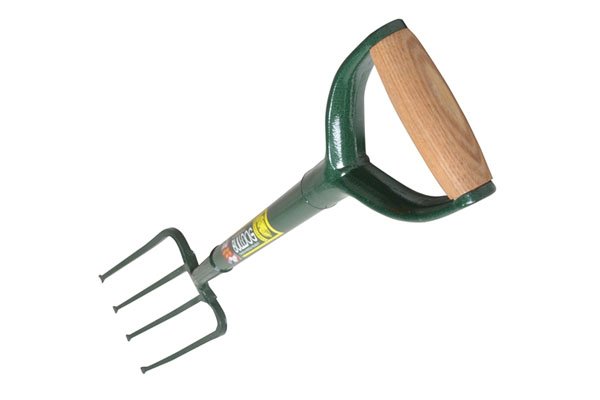 |
A steel fork should have high quality welds (metal joins) that have no open points to allow water to enter. This will reduce the risk of internal rust and damage.
There should not be any fractured seams: welds must look immaculate and as smooth as possible. |
|||
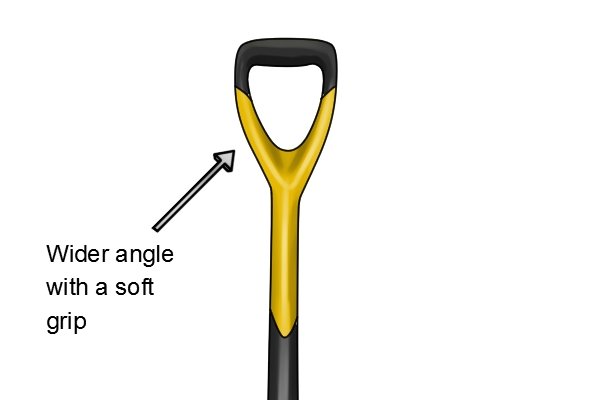 |
Look for a comfortable handle grip. This is usually D- or T-shaped. For those with particularly large or small hands, which don’t fit easily around a D- grip, choose the T- grip. Alternatively, look for a cushioned grip to protect your hands. | |||
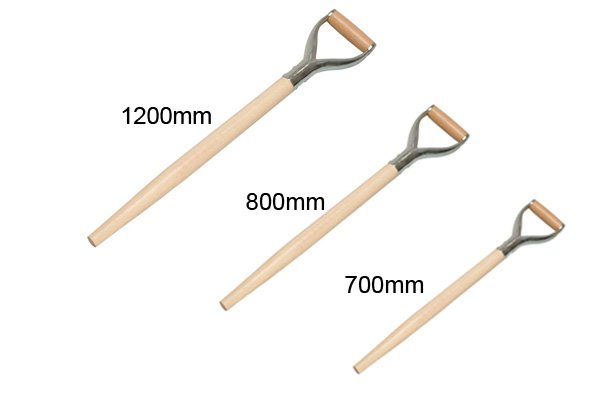 |
Always make sure you choose the right length of shaft for your height. The length of the shaft usually measures at:
For more information on choosing a shaft, please refer to our page: Is the length of the shaft important?
|
|||
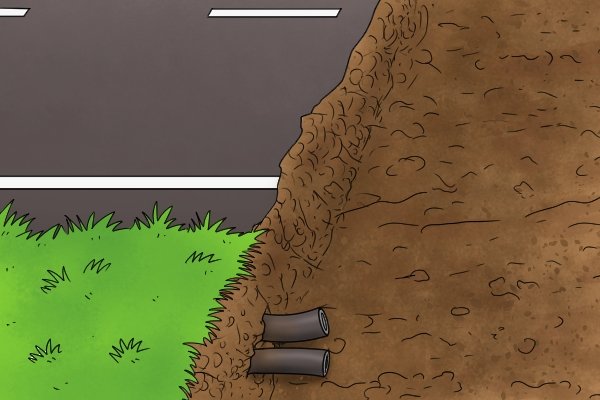 |
For working around live cables or power lines, use an insulated shaft.
Please see our section: What are insulated forks? for further information. |
|||






